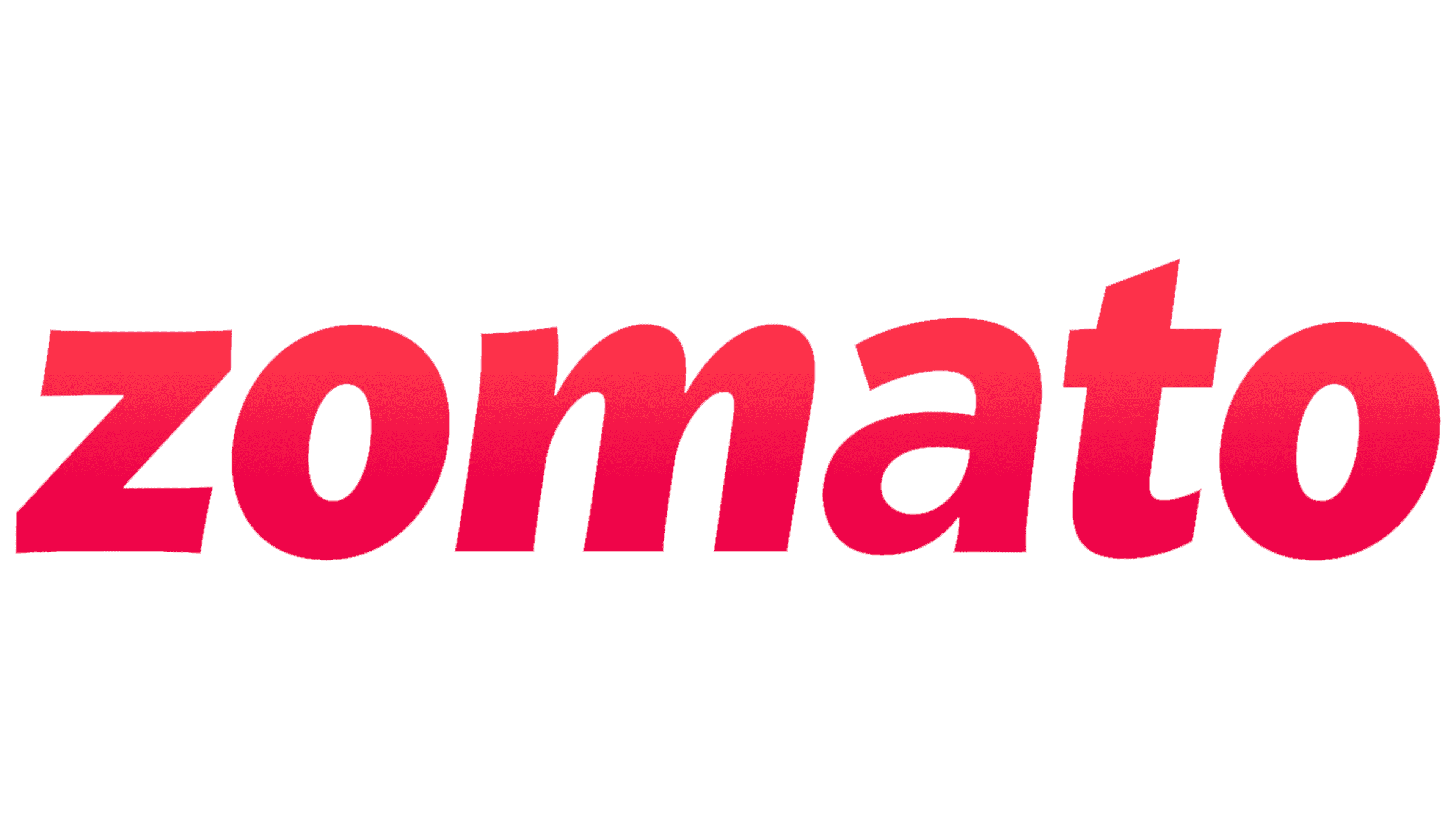Zomato Logo
Zomato is a prominent online food delivery and restaurant discovery platform. It operates in numerous countries, with a strong presence in India. Zomato’s services include food delivery, restaurant reviews, and table reservations. The company is publicly traded, and its ownership is diversified among shareholders.
Meaning and history
Zomato, founded in 2008 by Deepinder Goyal and Pankaj Chaddah in India, began as a restaurant discovery and review platform. It allowed users to search for restaurants, read and write reviews, and explore menus. The company quickly gained popularity in India and expanded its services to other countries, becoming one of the leading players in the food tech industry.
In the early years, Zomato primarily focused on restaurant listings and user-generated reviews. However, it soon recognized the potential of the food delivery market. In 2015, Zomato launched its food delivery service, allowing users to order food from restaurants through the platform. This move marked a significant shift in the company’s business model.
Over the years, Zomato underwent several changes in ownership and strategic direction. In 2018, Alibaba’s payment affiliate, Ant Financial, invested in Zomato, strengthening the company’s financial position. Zomato continued to expand its food delivery services and entered into partnerships with restaurants and delivery partners.
In 2020, during the COVID-19 pandemic, Zomato faced challenges as the restaurant industry suffered due to lockdowns and restrictions. However, the company adapted by introducing contactless dining and promoting takeout and delivery services. Zomato also raised additional funding to support its operations during these challenging times.
In 2021, Zomato made a significant leap by going public. The company’s initial public offering (IPO) was one of the most anticipated in India, and it garnered substantial investor interest. Zomato’s IPO marked a milestone in the Indian startup ecosystem, and the company continued to grow and expand its presence globally.
Today, Zomato is a leading food tech company, offering a wide range of services, including restaurant discovery, food delivery, table reservations, and more. It operates in numerous countries, with a strong presence in India and other markets. The company’s ownership is diversified among public shareholders, and it continues to innovate and adapt to the evolving food industry landscape. Zomato’s journey from a restaurant discovery platform to a comprehensive food tech giant reflects its resilience and adaptability in a competitive and dynamic market.
2008 – 2010
Right after establishing his company, entrepreneur Deepinder Goyal named it FoodieBay. This compound phrase served as the foundation for the company’s logo. To highlight the brand’s food-centric focus, the founder chose to incorporate depictions of various food items. This resulted in a seamless fusion of imagery and text. For instance, one “O” resembled a caramel-covered donut, while the other took on the appearance of a pizza.
The letter “I” was represented as a sausage link with a notch at the top. “B” was reminiscent of a sunny-side-up egg, and “Y” adopted the form of a succulent meat brisket. In the interspaces, you could spot cutlery in “E” at the central crossbar—a fork and a spoon. “A” took on the likeness of an open oven with a blazing hearth, and “F” featured a directional indicator. The color palette of the emblem was vibrant, composed mainly of red and yellow hues. Additionally, the symbols appeared as if they were inflated, giving them an airy quality. On the right, there was a vertical gray inscription indicating the domain where the website was hosted.
2010 – 2012
Following the rebranding, a fresh company name, “Zomato,” emerged in the logo, rendered in the FF Cocon typeface. This represented a distinct departure from its previous style. The lettering featured lowercase characters characterized by smooth transitions and stylized cuts. For instance, “a” was without its lower right portion (tail), and “t” omitted the upper left segment (crossbar). Positioned in front of the text, there was a prominent red tomato adorned with a petite green leaf and zigzag patterns that resembled the initial letter of the service’s name.
2012 – 2014
The modernization of the visual identity ushered in a more understated logo. While it retained the same font style, it featured a distinct arrangement of elements. The tomato that previously adorned the name was substituted with the capital letter “Z.” This “Z” was white, wide, with sleek curves and a small dot at the bottom. Adjacent to it was the full name of the food ordering and delivery service, also in white. However, this text was oriented vertically, replacing the “.com” domain extension. The logo was set against a black square background, creating a striking and contemporary look.
2014 – 2015
In 2014, the logo underwent a simplification process accompanied by a font change. The outcome of this design endeavor was a lowercase inscription featuring a grotesque font (specifically, the Gotham typeface). The emblem designers skillfully combined a heart and a fork in the logo, symbolizing a deep affection for food. This artistic depiction was rendered in red, while the accompanying text appeared in black, creating a harmonious and visually appealing representation.
2015 – 2016
While retaining the original font, the designers made a significant change by replacing the heart, pierced with a fork, with a more humanized symbol: a red square accompanied by a white spoon. This new element featured rounded corners throughout its geometric design, lending a softer and more approachable visual identity to the brand.
2016 – 2018
Following the redesign, a fresh concept emerged for the Zomato logo, featuring a red square enclosing a white inscription. This design departure differed from the 2012-2014 emblem, as the text was smaller and oriented horizontally. Despite the change in arrangement, the font used remained consistent with Gotham typeface, featuring lowercase characters for a modern and sleek appearance.
2018 – Today
The international online menu aggregator aims for a logo that prioritizes clarity, simplicity, and legibility, while also maintaining the integrity of the form. In this pursuit, two distinct modifications have been introduced to represent the brand – a combination of text within a straightforward geometric shape and a standalone wordmark.
As a result, the modern emblem has been streamlined to its essence: featuring only a red square as the background and the name of the food delivery service. The balance between graphics and text is harmonious and evenly distributed. The square’s corners are gently rounded, mirroring the soft style of the word “zomato” – characterized by smooth transitions and the absence of sharp lines.
The letters are thoughtfully arranged, taking full advantage of the square’s space. Furthermore, the emblem is presented in two contrasting variations: a red text on a white background and a white text on a red background, ensuring a visually striking impact in both scenarios.
The single wordmark serves as the primary emblem, applied across various assets and advertisements, spanning print, digital, and offline media. Meanwhile, the square version is utilized to identify the website and food ordering locations.


















